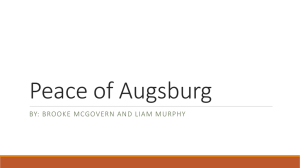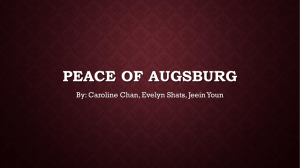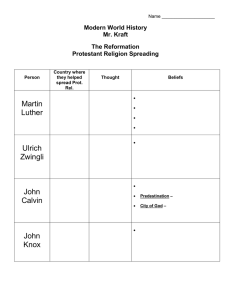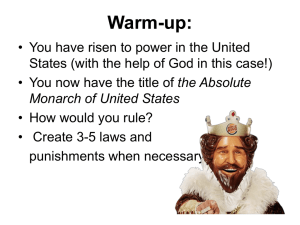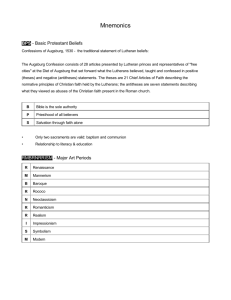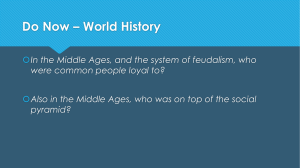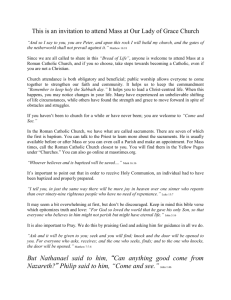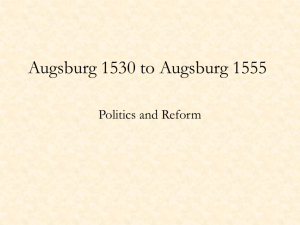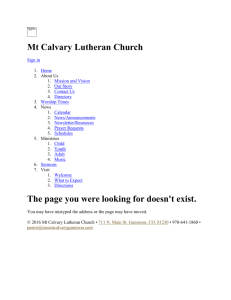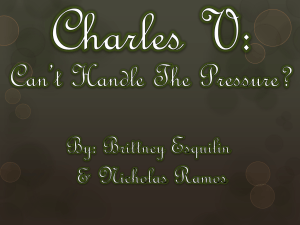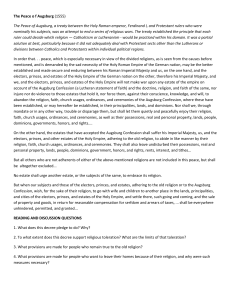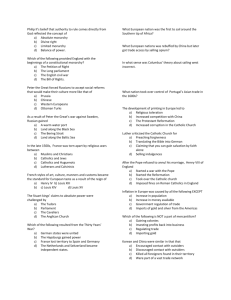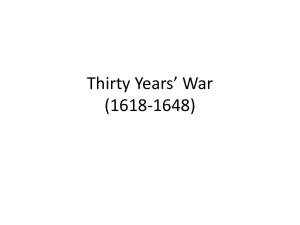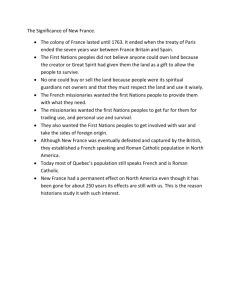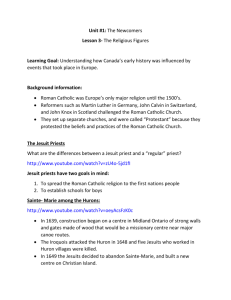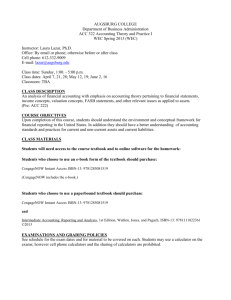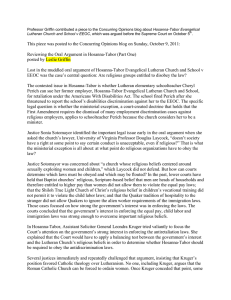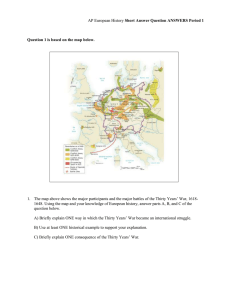Footstep #49 The Peace of Augsburg
advertisement
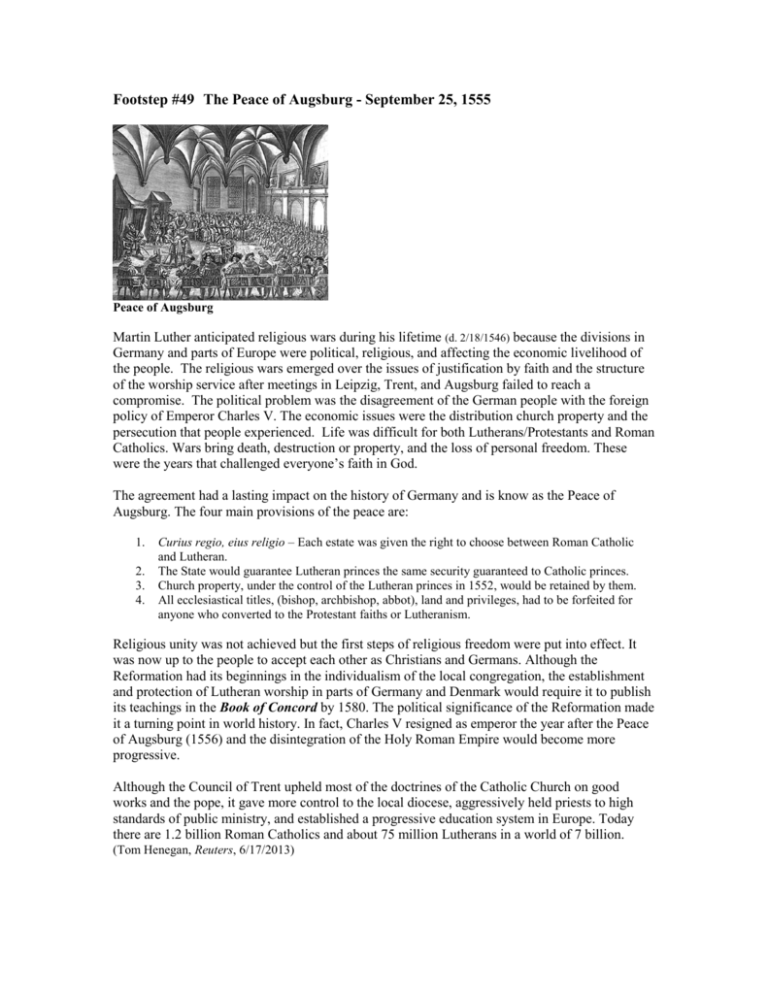
Footstep #49 The Peace of Augsburg - September 25, 1555 Peace of Augsburg Martin Luther anticipated religious wars during his lifetime (d. 2/18/1546) because the divisions in Germany and parts of Europe were political, religious, and affecting the economic livelihood of the people. The religious wars emerged over the issues of justification by faith and the structure of the worship service after meetings in Leipzig, Trent, and Augsburg failed to reach a compromise. The political problem was the disagreement of the German people with the foreign policy of Emperor Charles V. The economic issues were the distribution church property and the persecution that people experienced. Life was difficult for both Lutherans/Protestants and Roman Catholics. Wars bring death, destruction or property, and the loss of personal freedom. These were the years that challenged everyone’s faith in God. The agreement had a lasting impact on the history of Germany and is know as the Peace of Augsburg. The four main provisions of the peace are: 1. 2. 3. 4. Curius regio, eius religio – Each estate was given the right to choose between Roman Catholic and Lutheran. The State would guarantee Lutheran princes the same security guaranteed to Catholic princes. Church property, under the control of the Lutheran princes in 1552, would be retained by them. All ecclesiastical titles, (bishop, archbishop, abbot), land and privileges, had to be forfeited for anyone who converted to the Protestant faiths or Lutheranism. Religious unity was not achieved but the first steps of religious freedom were put into effect. It was now up to the people to accept each other as Christians and Germans. Although the Reformation had its beginnings in the individualism of the local congregation, the establishment and protection of Lutheran worship in parts of Germany and Denmark would require it to publish its teachings in the Book of Concord by 1580. The political significance of the Reformation made it a turning point in world history. In fact, Charles V resigned as emperor the year after the Peace of Augsburg (1556) and the disintegration of the Holy Roman Empire would become more progressive. Although the Council of Trent upheld most of the doctrines of the Catholic Church on good works and the pope, it gave more control to the local diocese, aggressively held priests to high standards of public ministry, and established a progressive education system in Europe. Today there are 1.2 billion Roman Catholics and about 75 million Lutherans in a world of 7 billion. (Tom Henegan, Reuters, 6/17/2013)
